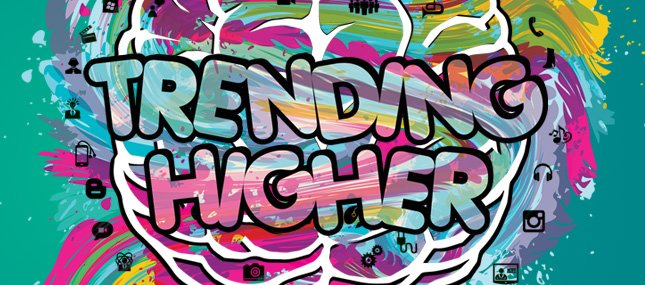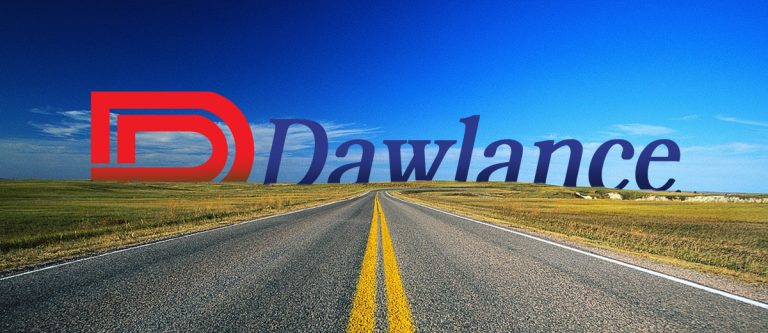Umair Mohsin explains the true essence of experiential marketing
[dropcap size=small]T[/dropcap]he term ‘experiential marketing’ is hugely popular these days, with a lot being written on it and a number of agencies claiming to be experts in the field using it as the buzz word. However, a casual Google search for the term “experiential marketing” reveals the following being carried out in our country, which is quite misleading:
- Companies sending out SMS messages
- Marketing solutions consisting solely of events, floats for town storming and/or sports and other forms of entertainment marketing programs
- Product sampling, Horeca promotions and street teams
What is experiential marketing then? The term refers to actual customer experiences with the brand, product or service that drive sales and increase brand image and awareness. It’s the difference between telling people about features of a product or service and letting them experience the benefits for themselves. When done right, it’s the most powerful tool out there to win brand loyalty. Thus experiential marketing is not one specific marketing tool. It’s an idea. A mindset. A focus on creating fresh connections between brands and consumers out in the world where things happen. Connections in the form of experiences that are personally relevant, memorable, interactive and emotional leading to increased sales and brand loyalty.
It’s important to point out that simply creating a live encounter between a person and a brand does not mean you’ve succeeded at being an experiential marketer. As Tom Peters says it well in his new book, RE-IMAGINE!, “Despite the fact that experiences will be the essence of life in the New Economy … most companies trying to pull this ‘experience thing’ off will fail miserably. They won’t get it … This ‘experience thing’ is … extremist. Not a dab of ‘delight’ here. Nor a pinch of ‘amusement’ there. But … An Entirely Different Way of Life.”
I see a lot of experiences being created where there is a disconnect between what is happening and the brand. One recent example being a bank at the Expo Lifestyles event targeting a bunch of young kids with free PS3 games. Those who can’t make decisions about their banking end up attending just for the free gaming. Other examples also exist where the brand connection is clear, yet the experience doesn’t lead to its intended result, for example, the branded kiosks in malls where people come to sit and nothing more. Good experiences take time, money, good information and clear objectives to develop.
To carry out experiential marketing well, it must be understood from its roots. The growing intensity of media proliferation and the evolution of internet from its primeval static manifestation (Web 1.0) to its present interactive and digitalised form (Web 2.0) changed the balance of effectiveness between the ATL and BTL media, with ATL becoming largely compromised since consumers, simultaneously overloaded by information and empowered by that same information, became harder to reach and harder to convince. As a result, a more direct and targeted approach became the order of the day, and ‘brand activation’ entered the marketing lexicon, defined by Ogilvy as, ‘through the line marketing services’, that are ‘media neutral’ and based on ‘a big idea’. Experiential marketing took this concept further, basing its effectiveness on an ability to create consumer experiences by engaging their emotions and their five senses. On the surface this may sound like a tall order, and yet experiential marketing can truly be a wondrous thing for brand communicators, provided they are able to ‘hit the right spot’ – which is the crux of the matter.
To hit that right spot, experiential marketing has to be – and cannot be anything else but – relevant to the consumer at a particular time and place. An excellent example of this was illustrated by the Charmin’s ‘brand activation’, a placement so obvious and yet so brilliant. What can be more customer relevant for a brand of toilet paper than providing the most luxurious ever public restroom experience to a crowd of weary, but happy Christmas shoppers milling around Times Square on a cold winter’s day?
Because this is what happens to shoppers in cities all over the world; they shop and then all of a sudden they desperately need a restroom break. And that is what is called a consumer insight and that is what Charmin acted on, giving the most luxurious experience to hundreds of thousands of shoppers in their time of ‘need’.
“Nike Grid“, which is an online and ambient campaign designed to clock London runners speed and endurance is another brilliant experiential marketing campaign. Fitness fans register online before running between designated telephone boxes, punching in their unique code at the start and end of each run, building up a grid of over 40 postcodes. Nike Grid players have 24 hours to race and conquer their streets. There are 40 postcodes in play, each with four phone-boxes. The more runs, the more points earned for that postcode. The person with the most points in each area claims the crown of that postcode. Badges are awarded for speed, stamina and insider knowledge of the streets. Players are encouraged to use their street knowledge to get them around their local area as quickly as possible by any possible route. There are also maps online and in various outdoor locations. What is more experiential than being with users when they are using the products marketers sell?
A more fun awareness generating experiential campaign was designed by MINI last year and ended up doubling MINI sales in Sweden because of it with over 11,000 participants in the game. Targeting the core youth segment, the game was called MINI Getaway – The Stockholm Hunt and was a simple ‘cat & mouse’ game. Running over the course of nine days, smartphone users ‘hunted’ to catch a virtual MINI Coupe. The person who finished the competition while holding onto the virtual MINI would win the car for real. Given that participants were in thousands however, players were required to run as fast as they could to keep out of the orbit of other players, and use a range of tactics to prevent them from stealing it. Players would frantically try their best to hold onto the virtual car for as long as they possibly could to win the prize.
With the growth of the internet and mobile platforms, experiential marketing will continue to evolve and move forward as technology opens more collaborative and social communication channels. Experiential marketing is forecast to become one of the biggest growth areas in marketing in the next five years as marketers shift an increasing proportion of their marketing budgets towards it. Spending in this area is set to grow as marketing budget holders now believe that it offers considerable advantages over other marketing tools, especially in building brand loyalty and encouraging word of mouth recommendation amongst consumers.
Umair Mohsin is Director – Digital Marketing & Strategy at Media Idee Digital, a digital agency serving clients in UK, Sweden, Dubai and Pakistan. He can be reached at umair.mohsin@mediaidee.com








